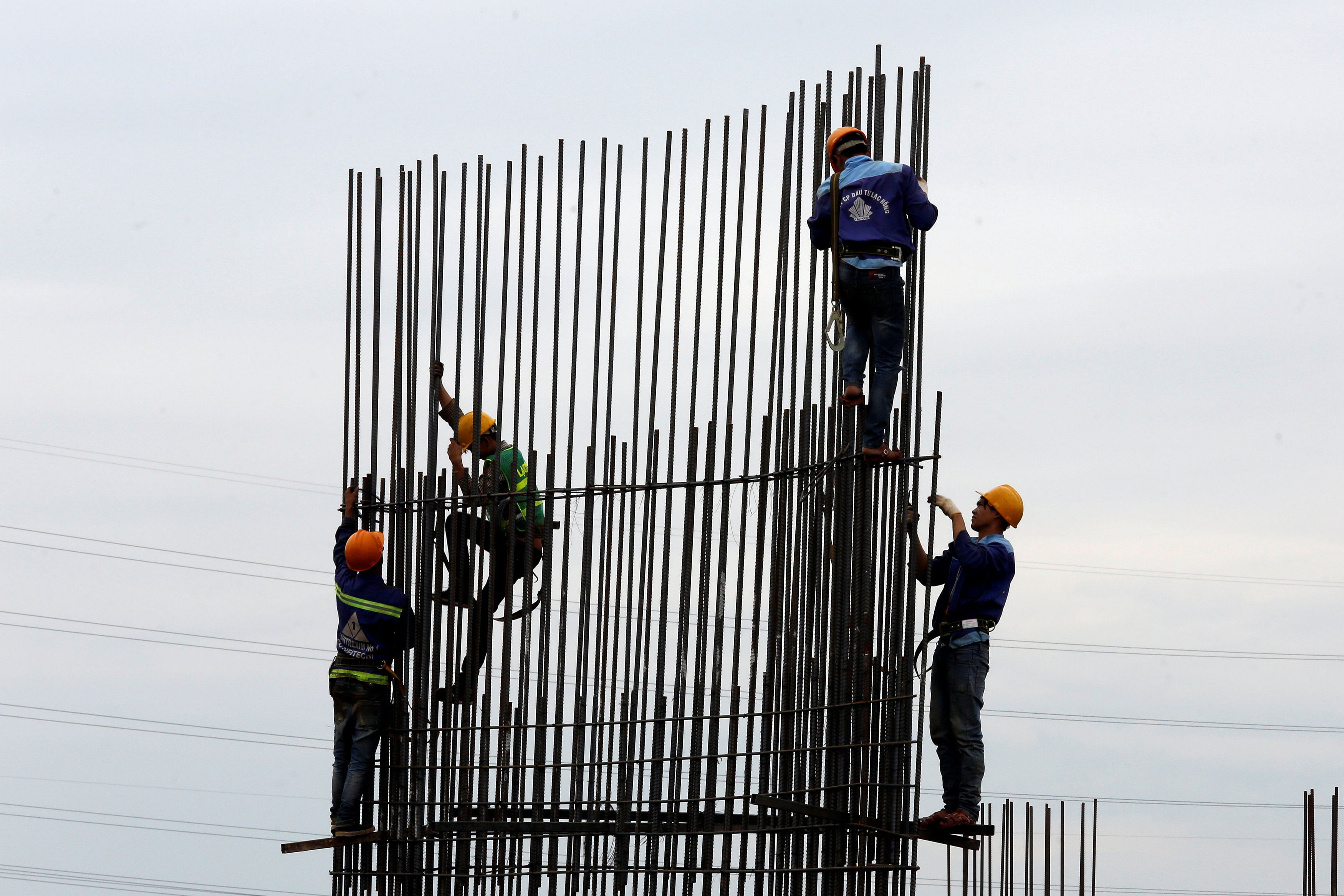Asean and South Asia are building infrastructure at an unprecedented rate. Anyone who travels the capital cities of this region knows it for a fact. Roads, railroads, bridges, ports and metros. All this construction is transforming the city centres and areas of economic activity, and the lives of 2.4 billion people. It is also connecting people and businesses to opportunities, both within and beyond the region.
But despite all the construction under way, Asean and South Asia have even more to build. The way these projects are scoped, structured, financed and supported will also need to change in order to meet their full economic potential.
At the World Economic Forum (WEF) on Asean last month, government and business leaders agreed that deeper public-private collaboration is needed to narrow the infrastructure gap. To advance blended finance for sustainable infrastructure, WEF and the Organisation for Economic Cooperation and Development will form an Asean Hub using the public-private funding approach. It will bring together governments, banks, pension funds and philanthropic organisations to catalyse US$100 billion (S$138 billion) of projects.
This is a step in the right direction, but more needs to be done. The Asian Development Bank estimates that developing Asia will require US$26 trillion in investment by 2030 to meet its infrastructure needs. Securing this funding is crucial. Progress on infrastructure will mean the development of an economic hub. A unified production platform and marketplace will strengthen regional trade and investment activities, and drive trade with the rest of the world.
In our experience, there has been no shortage of capital for infrastructure projects. On the contrary, there is now unprecedented demand for well-structured initiatives with the right risk-reward balance. In a sustained low-yield environment, infrastructure projects are an asset class with attractive long-term returns. While the public-private partnership scheme is a valuable solution for the lack of infrastructure budget, one other collaboration needs to be reinforced.
Banks' role in financing long-term assets is evolving and will continue to evolve as IFRS 9, a major accounting change, comes about next year. But even through these changes, banks will play a key role in originating infrastructure assets. A close partnership between banks and investors is a necessary condition for infrastructure development success. Banks experienced in project financing understand the challenges that institutional investors face when investing in infrastructure. There is a lack of in-depth knowledge and skills in project risk valuation and pricing among these investors, yet they are held accountable for their decision-making. But when banks are engaged, projects will be structured and funded to a level where they become financeable for pension funds, sovereign wealth funds and philanthropic organisations.
Bank-investor-government collaboration as a three-way partnership is an even more robust and sustainable partnership. A well-defined and fair model is one that provides an appropriate risk allocation and addresses the minimum expectations of investors. Infrastructure projects that meet these prerequisites will generate both economic returns and social benefits.
While the priority of the infrastructure agenda is focused on the "hardware" of getting projects agreed upon, financed and implemented, the availability of the right "software" cannot be underestimated. And much of this "software" development needs to happen long before each infrastructure project breaks ground.

A key "software" is a stable policy environment, which is critical to ensure that decision-making is not fragmented and goal posts are not moved mid-project. A transparent, predictable and independent regulatory regime underpinned by a sound legal framework will instil investor confidence. While these conditions can help minimise currency and commodity risks for international investors, early assessment and management is still vital to the success of each project. And to reduce the risk perception of infrastructure projects, governments can rope in multilateral agencies to provide insurance or guarantees.
Skills are also essential "software". The continuous provision of the necessary skills, either via the exchange of expertise and experience or through local upskilling, is important. Over time, the way infrastructure is getting constructed has changed. We need to build a labour force well-trained on new techniques and technologies to ensure we can build infrastructure in an efficient and environmentally-friendly manner.
More importantly, we need to develop a central and specialised pool of resources that can be deployed to cross-border projects of higher risks and complexity. Through the sharing of staff and exchange of expertise, the teams will quickly gain experience throughout the entire project life cycle. Undoubtedly, the right skills and tools will better prepare the region for the evolving demands of an increasingly connected world.
Asean and South Asia are paving the way - literally and figuratively. Nothing short of political will and strong partnerships are required to deliver the full potential of this enormous wave of infrastructure investment.
•The writer is the chief executive of Standard Chartered Bank's Asean and South Asia region.
